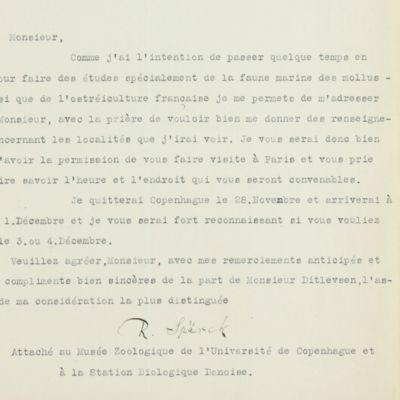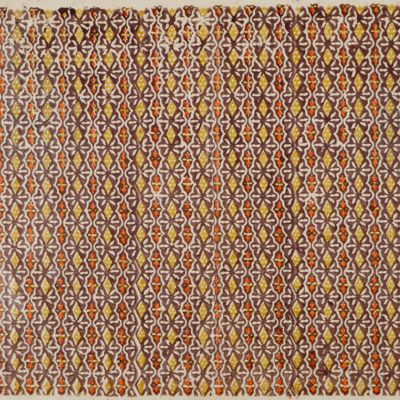Darwin, C.
The Expressions of the Emotions in Man and Animals. With Illustrations.
London, John Murray, 1872. [REPRINT Bruxelles, Culture et Civilisation, 1969-1970]. 8vo (21.5 x 14.0 cm). vi, 374 pp.; 20 text illustrations, six photographic plates (two double-sized, folded). Full mock leather. Spine with gilt title.
This is a seldom-seen luxury facsimile edition of Charles Darwin careful views on behaviour in animals and in the human species, with a strong emphasis on the latter. This is widely regarded as Charles Darwin's third major work of evolutionary theory, "...following On the Origin of Species(1859) and The Descent of Man, and Selection in Relation to Sex(1871). Initially intended as a chapter in Descent of Man, Expression grew in length and was published separately in 1872. Darwin explores the biological aspects of emotional behaviour and the animal origins of human characteristics like smiling and frowning, shrugging shoulders, lifting eyebrows in surprise, and baring teeth in an angry sneer. Before Darwin, human emotional life had posed problems to the traditional philosophical categories of mind and body. Darwin's interest in the subject can be traced to his time as an Edinburgh medical student and the 1824 edition of Anatomy and Philosophy of Expression by Charles Bell, which argued for a spiritual dimension to the subject. In contrast, Darwin's biological approach links emotions to their origins in animal behaviour, allowing cultural factors only an auxiliary role in shaping the expression of emotion. This biological emphasis highlights six different emotional states: happiness, sadness, fear, anger, surprise, and disgust. It also appreciates the universal nature of expression, implying a shared evolutionary heritage for the entire human species. Darwin also points to the importance of emotional communication with children in their psychological development. ... The book involves several innovations: Darwin circulated a questionnaire (probably inspired by his cousin, Francis Galton) during his preparatory research; simple psychology experiments on the recognition of emotions with his friends and family; and (like Duchenne de Boulogne, a physician at the Salpêtrière Hospital) the use of photography in his presentation of scientific information. Darwin's publisher warned him that including the photographs would "make a hole in the profits" of the book''." (Wikipedia). A mint copy.


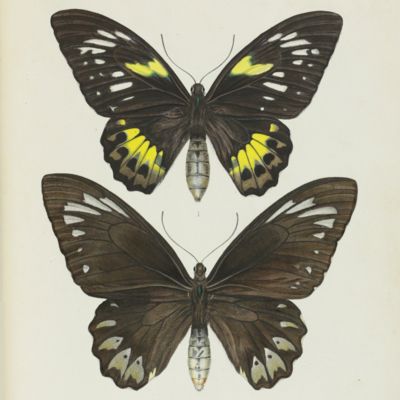
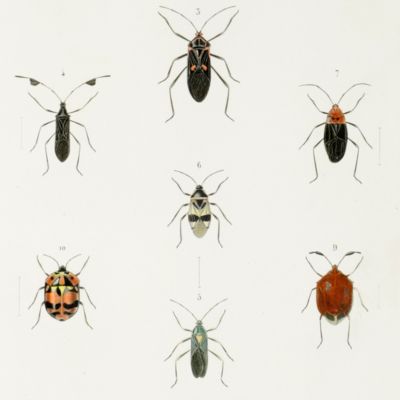
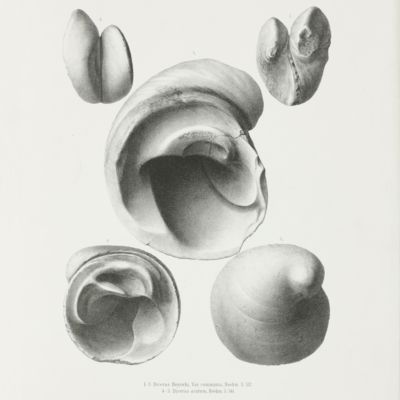
![image for Beschrijving van een nieuwen zoetwater-visch van Borneo, <em>Osteoglossum formosum</em>. [AND] Beschrijving van vier oost-Indische zeevisschen behoorende tot het geslacht <em>Amphacanthus</em>. [AND] Overzigt der uit de Sunda- en Moluksche zeeën bekende visschen van de geslachten <em>Amphiprion, Premnas, Pomacentrus, Clyphisodon, Dascyllus</em> en <em>Heliases</em>.](https://schierenberg.nl/media/cache/product_thumb/70391/70391_x.jpg)

![image for Petermann's Geographische Mitteilungen. Volumes 1-12. [Mittheilungen aus Justus Perthes' geographischer Anstalt über wichtige neue Erforschungen auf dem gesammtgebiete der Geographie von Doktor A. Petermann].](https://schierenberg.nl/media/cache/product_thumb/69463/69463_x.jpg)

![image for "Book simulant", "Buch Atrappe" or "Faux Livre". [Cookie Jar].](https://schierenberg.nl/media/cache/product_thumb/78269/78269.jpg)
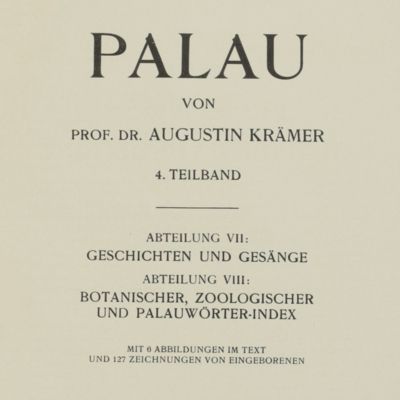

![image for A Monograph of British Graptolites. [AND] A Synoptic Supplement to "A monograph of British Graptolites by Miss G. L. Elles and Miss E. M. R. Wood".](https://schierenberg.nl/media/cache/product_thumb/19361/19361.jpg)
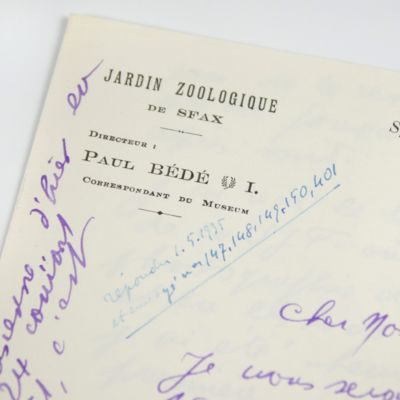
![image for Alphabet Pittoresque [Hidden letters in architectural views: the letter V].](https://schierenberg.nl/media/cache/product_thumb/78442/78442_x.jpg)
